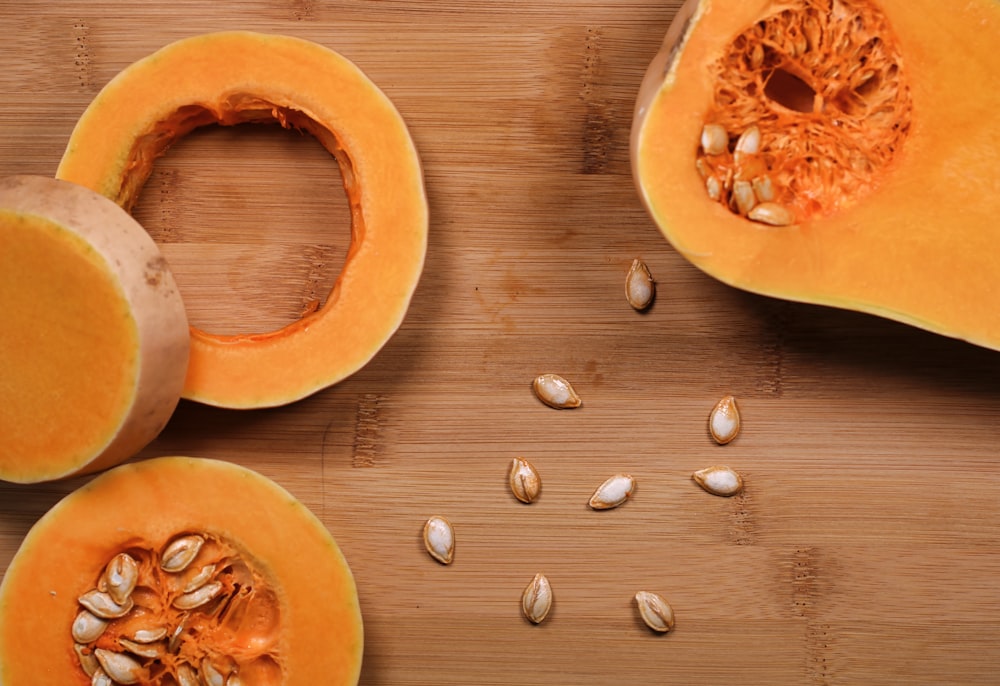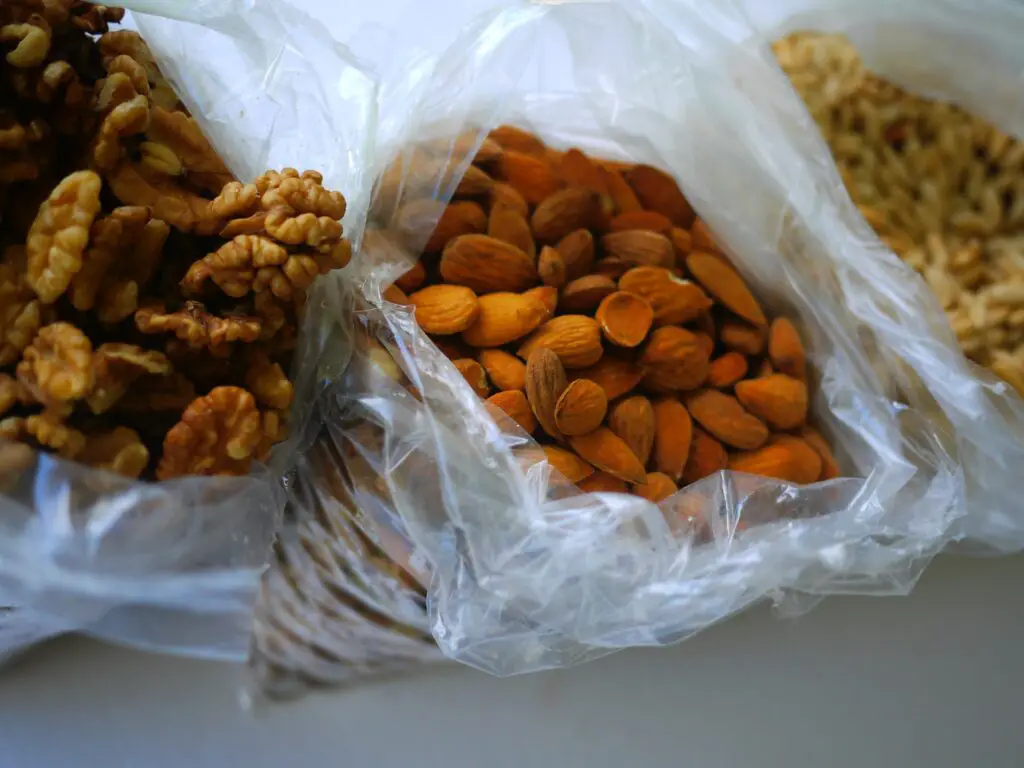Popcorn is a popular snack enjoyed by many people. It’s light, crunchy, and can be customized with various seasonings for added flavor. But if you follow a low FODMAP diet, you might be wondering if popcorn is a suitable option for you. In this article, we will delve into the world of FODMAPs, explore the nutritional profile of popcorn, discuss its FODMAP content, and suggest alternative low FODMAP snacks. We will also provide some helpful tips for following a low FODMAP diet effectively.
Understanding FODMAPs
FODMAPs, an acronym for Fermentable Oligosaccharides, Disaccharides, Monosaccharides, and Polyols, are a group of short-chain carbohydrates that can trigger digestive symptoms in some individuals. They can be found in a variety of foods, including certain fruits, vegetables, grains, dairy products, and sweeteners. The key to managing FODMAP-related symptoms is to follow a low FODMAP diet, which involves restricting the consumption of high FODMAP foods.
What are FODMAPs?
FODMAPs are known for being poorly absorbed in the small intestine of some individuals. As a result, they pass into the large intestine where they are fermented by bacteria, leading to the production of gas and other byproducts. This fermentation process can cause symptoms such as bloating, gas, abdominal pain, and altered bowel movements for those with FODMAP sensitivity.
When it comes to understanding FODMAPs, it’s important to know that they can be further categorized into different types. The four main types of FODMAPs are:
- Oligosaccharides: These include fructans and galacto-oligosaccharides (GOS), which are found in foods like wheat, rye, onions, garlic, and legumes.
- Disaccharides: The main disaccharide in the FODMAP group is lactose, which is found in dairy products such as milk, yogurt, and soft cheeses.
- Monosaccharides: The monosaccharide in the FODMAP group is excess fructose, which is found in certain fruits like apples, pears, and honey.
- Polyols: Polyols are sugar alcohols that are found in some fruits and vegetables, as well as in artificial sweeteners like sorbitol, mannitol, and xylitol.
By understanding the different types of FODMAPs, individuals can better identify which specific foods may be causing their symptoms and make more informed dietary choices.
Why are Low FODMAP Diets Important?
Low FODMAP diets have been found to be effective in managing symptoms associated with irritable bowel syndrome (IBS). IBS is a common gastrointestinal disorder characterized by recurring abdominal pain, bloating, and changes in bowel movements. By following a low FODMAP diet, individuals with IBS can identify and manage their trigger foods, leading to symptom relief and improved quality of life.
It’s worth noting that while a low FODMAP diet can be helpful for managing symptoms, it is not intended to be a long-term solution. The goal is to identify and eliminate trigger foods during an elimination phase, and then gradually reintroduce FODMAPs to determine individual tolerance levels. This process is typically done under the guidance of a registered dietitian or healthcare professional to ensure nutritional adequacy and proper management of symptoms.
Additionally, it’s important to remember that not everyone with digestive symptoms will benefit from a low FODMAP diet. Other underlying conditions or factors may contribute to similar symptoms, and it’s crucial to consult with a healthcare professional for an accurate diagnosis and appropriate treatment plan.
The Nutritional Profile of Popcorn
Popcorn is a whole grain snack that is naturally low in calories and fat. It is also a good source of dietary fiber, providing approximately 3.6 grams of fiber per 1-ounce serving. Fiber is essential for maintaining a healthy digestive system, promoting regular bowel movements, and supporting overall gut health.
But did you know that popcorn is not only a delicious and satisfying snack, but it also offers a range of other essential nutrients? Let’s dive deeper into the nutritional benefits of this popular treat.
Basic Nutrients in Popcorn
In addition to fiber, popcorn contains other essential nutrients that contribute to its overall nutritional value. It is a good source of vitamins B1, B3, and B6, which are important for energy metabolism, nerve function, and brain health. These vitamins play a crucial role in converting food into energy, supporting the proper functioning of the nervous system, and promoting cognitive function.
Furthermore, popcorn is rich in minerals such as manganese, magnesium, and phosphorus. Manganese is involved in the formation of connective tissues and plays a role in bone health. Magnesium is essential for muscle function, nerve transmission, and maintaining a healthy immune system. Phosphorus is necessary for the formation and maintenance of strong bones and teeth.
So, not only does popcorn satisfy your taste buds, but it also provides a range of essential nutrients that are vital for your overall well-being.
Potential Health Benefits of Popcorn
Consuming whole grains like popcorn has been associated with several health benefits. The fiber content in popcorn can help regulate blood sugar levels, promote satiety, and aid in weight management. When you consume fiber-rich foods, they take longer to digest, keeping you feeling fuller for longer periods and reducing the likelihood of overeating.
Moreover, the consumption of whole grains has been linked to a reduced risk of heart disease. The fiber, vitamins, and minerals found in popcorn contribute to maintaining a healthy cardiovascular system. Studies have shown that a diet rich in whole grains can help lower blood pressure, reduce cholesterol levels, and decrease the risk of developing heart disease.
Additionally, research suggests that whole grains, including popcorn, may play a role in reducing the risk of certain types of cancer. The antioxidants present in popcorn, such as polyphenols, have been found to have anti-inflammatory and anticancer properties. These compounds help protect the body’s cells from damage caused by free radicals, potentially reducing the risk of cancer development.
Furthermore, the consumption of whole grains has been associated with a decreased risk of other chronic conditions, such as type 2 diabetes and stroke. The combination of fiber, vitamins, minerals, and antioxidants in popcorn contributes to its potential health benefits and makes it a wise choice for those looking to improve their overall well-being.
In conclusion, popcorn is not just a tasty snack; it is also a nutritional powerhouse. Packed with fiber, vitamins, minerals, and antioxidants, popcorn offers a range of health benefits, from supporting digestive health to reducing the risk of chronic diseases. So, next time you reach for a bag of popcorn, know that you are not only satisfying your cravings but also nourishing your body.
Popcorn and FODMAPs
Now let’s address the burning question: is popcorn low in FODMAPs? The answer is yes, but with certain considerations.
Popcorn itself is considered to be low in FODMAPs. However, it’s important to note that the way popcorn is prepared and seasoned can impact its FODMAP content. Certain popcorn seasonings, such as those containing onion or garlic powder, may contain high FODMAP ingredients that can trigger symptoms in sensitive individuals. It’s best to choose plain popcorn or opt for homemade versions with low FODMAP seasonings to ensure it remains low in FODMAPs.
When it comes to popcorn, there are several factors that can influence its FODMAP levels. One such factor is the type of corn used. Different varieties of corn can have varying levels of FODMAPs, so it’s important to choose popcorn made from corn that is low in FODMAPs.
Another factor to consider is the ripeness of the corn kernels. As corn matures, its FODMAP content can change. Popcorn made from fully matured corn may have higher FODMAP levels compared to popcorn made from less ripe corn.
The cooking method used can also affect the FODMAP levels in popcorn. Generally, air-popped popcorn is considered to have lower FODMAP levels compared to popcorn made with added fats or oils. This is because air-popped popcorn does not undergo any additional processing or cooking that could potentially increase its FODMAP content.
So, if you’re following a low FODMAP diet and want to enjoy popcorn, it’s important to consider these factors. Choose plain popcorn or make your own at home using low FODMAP seasonings. Additionally, opt for popcorn made from corn that is low in FODMAPs and consider air-popping it to keep the FODMAP levels as low as possible.
Other Low FODMAP Snack Alternatives
If you’re looking for alternative low FODMAP snacks, there are plenty of options to choose from. Here are a few ideas:
Healthy Low FODMAP Snacks
- Carrot sticks with hummus
- Blueberries or strawberries
- Rice cakes with peanut butter
- Plain rice crackers
- Almonds or walnuts
Preparing Low FODMAP Snacks at Home
When preparing low FODMAP snacks at home, it’s important to read food labels carefully to ensure you’re not unknowingly including high FODMAP ingredients. It’s also a good idea to work with a registered dietitian who specializes in the low FODMAP diet to get personalized recommendations and support.
Now, let’s dive deeper into the world of low FODMAP snacks and explore some additional options that you can incorporate into your diet. These snacks not only provide a tasty treat but also contribute to your overall well-being.
One delicious low FODMAP snack option is a refreshing fruit salad. You can mix together a variety of low FODMAP fruits such as kiwi, pineapple, and grapes to create a colorful and flavorful snack. The natural sweetness of the fruits will satisfy your cravings while providing essential vitamins and minerals.
For those who enjoy a savory snack, roasted chickpeas are an excellent choice. Simply toss canned chickpeas with olive oil, salt, and your favorite spices, then roast them in the oven until crispy. These crunchy bites are packed with protein and fiber, making them a satisfying and nutritious snack option.
If you’re in the mood for something creamy and indulgent, try making a low FODMAP smoothie bowl. Blend together frozen bananas, lactose-free yogurt, and a splash of almond milk until smooth. Top it with low FODMAP granola, sliced strawberries, and a drizzle of maple syrup for a delightful combination of flavors and textures.
When it comes to low FODMAP snacks, homemade energy bars are a great option. You can easily make them by combining low FODMAP nuts, such as macadamia nuts and pecans, with gluten-free oats, shredded coconut, and a binder like maple syrup or almond butter. These bars provide a convenient and nutritious snack that you can take on the go.
Remember, when preparing low FODMAP snacks at home, it’s important to be mindful of portion sizes. While these snacks are low in FODMAPs, consuming large quantities may still cause discomfort for some individuals. It’s always best to listen to your body and adjust your intake accordingly.
In addition to being mindful of ingredients and portion sizes, it’s crucial to prioritize your overall well-being. Incorporating regular physical activity, managing stress levels, and getting enough sleep are all important factors in maintaining a healthy lifestyle.
By exploring the wide variety of low FODMAP snack options available and making conscious choices, you can enjoy delicious and satisfying snacks while supporting your digestive health. Remember, it’s all about finding a balance that works for you and nourishing your body with foods that make you feel your best.
Tips for Following a Low FODMAP Diet
If you’re considering or currently following a low FODMAP diet, here are some helpful tips to keep in mind:
Understanding Food Labels
Learn to decipher food labels and look out for high FODMAP ingredients. Keep an eye out for ingredients like high-fructose corn syrup, lactose, onion powder, garlic powder, and certain artificial sweeteners.
Seeking Professional Guidance for a Low FODMAP Diet
Consult with a registered dietitian who specializes in the low FODMAP diet to ensure you’re following the diet correctly and meeting your nutritional needs. They can also provide guidance on reintroducing FODMAPs and managing your symptoms effectively.
In conclusion, popcorn can be a low FODMAP snack option, but it’s important to choose plain varieties or make your own with low FODMAP seasonings. Remember that individual tolerances can vary, so it’s essential to listen to your body and tailor your diet accordingly. By including a variety of low FODMAP snacks in your diet and following expert advice, you can successfully manage your symptoms and enjoy a satisfying snack time.





















